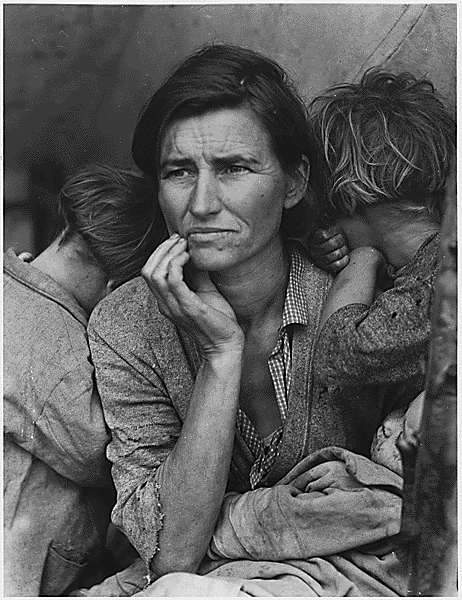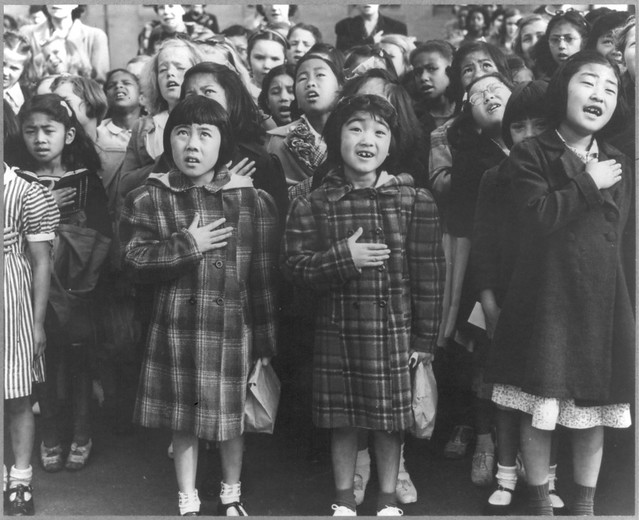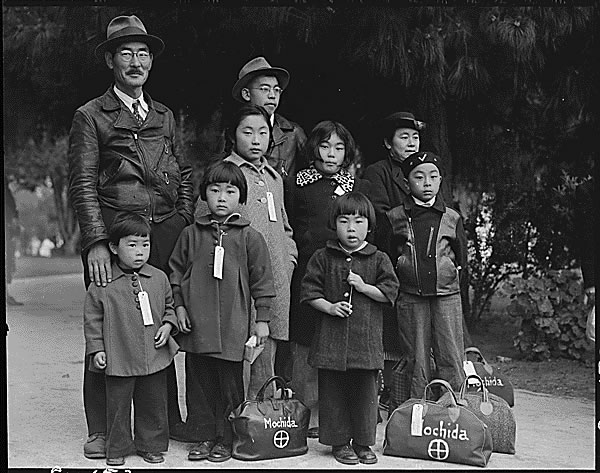Emmit Gowin was born in 1941 in Virginia, USA. He established himself as a prominent American photographer in the 1970s with his strong, intimate portraits of his wife, Edith, and their family. You can view some of those images here if you are interested.
Of all of his images I've seen over the past few days, the ones that really caught my eye were these full image circle photos taken using a 4x5 lens with an 8x10 (large format) camera. There's something very appealing about the heavy vignetteing which draws your eye in. They remind me a bit of the current crop of TTV photos you see around the web.
These pictures were found on the Pace/MacGill Gallery website where you can also view some of Gowin's other work.














































